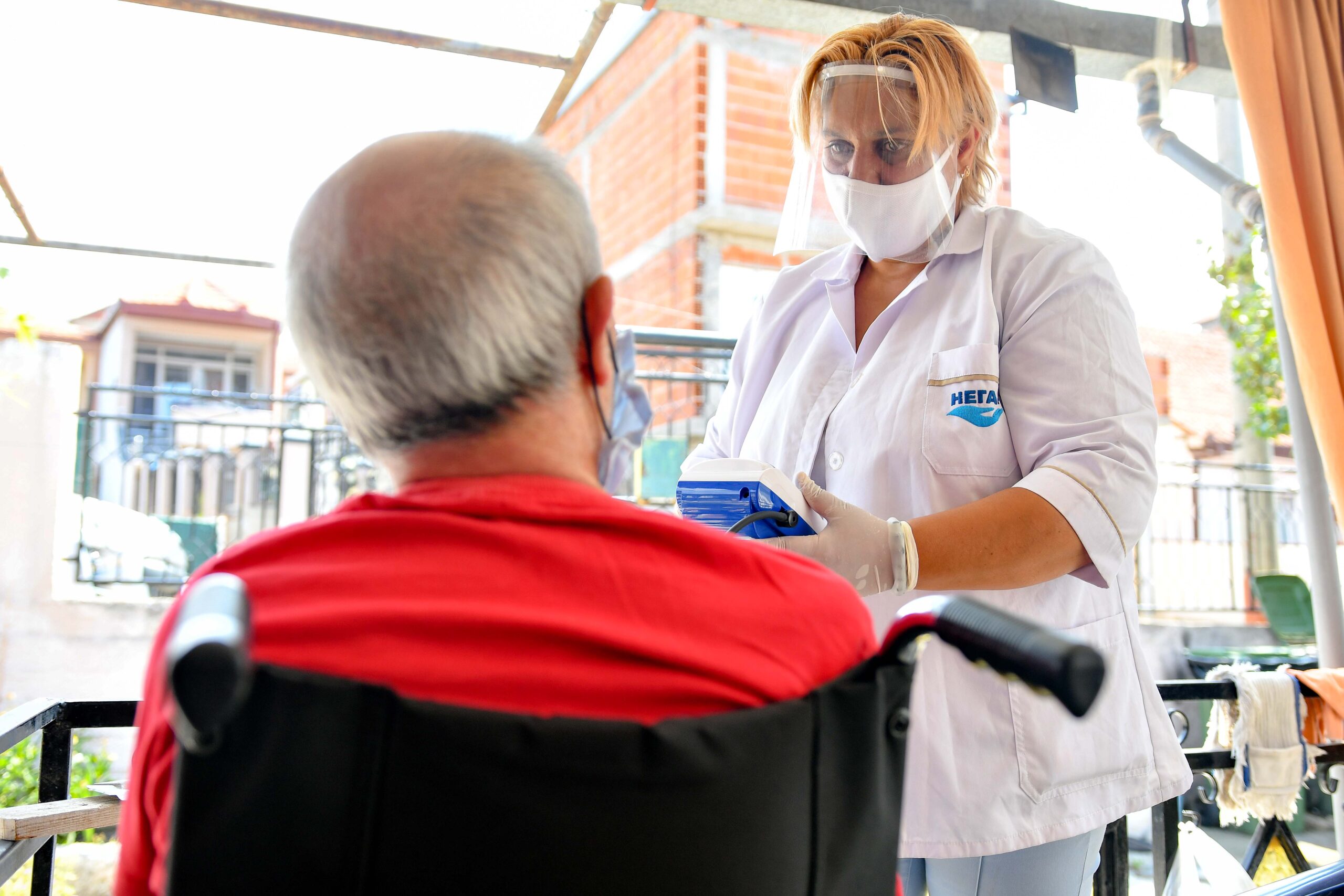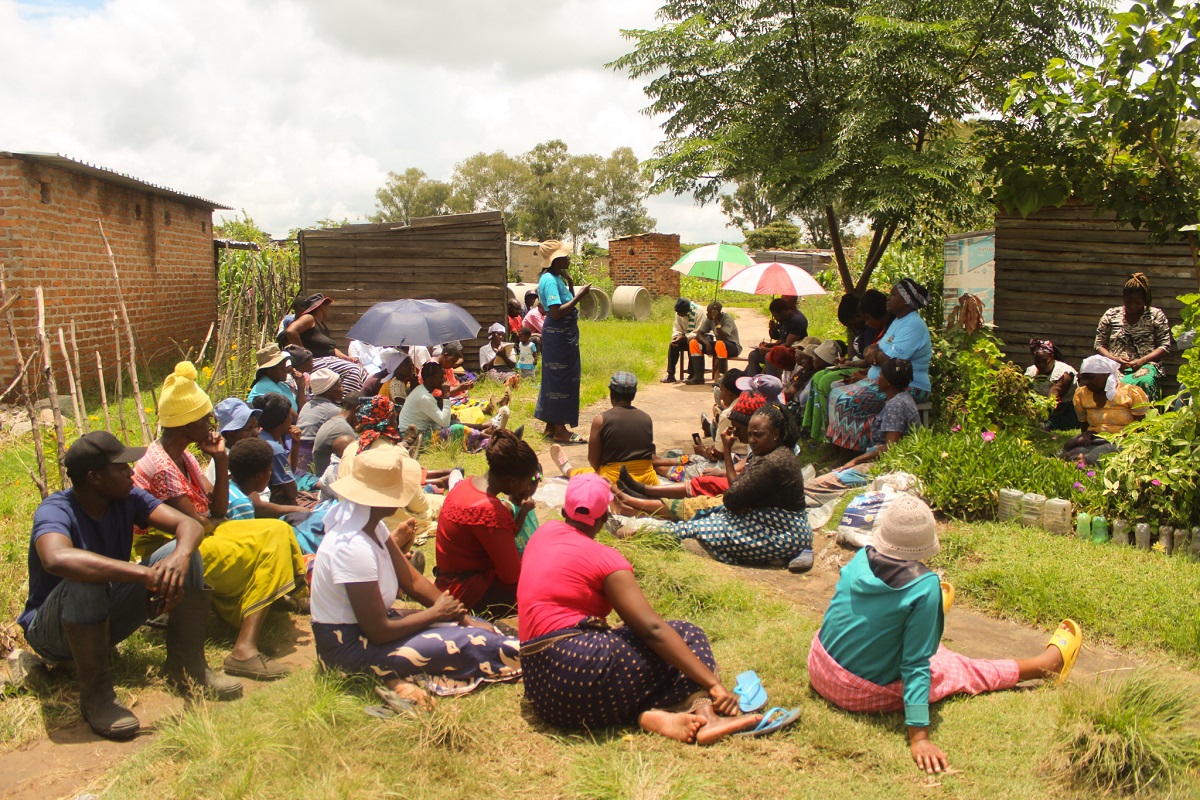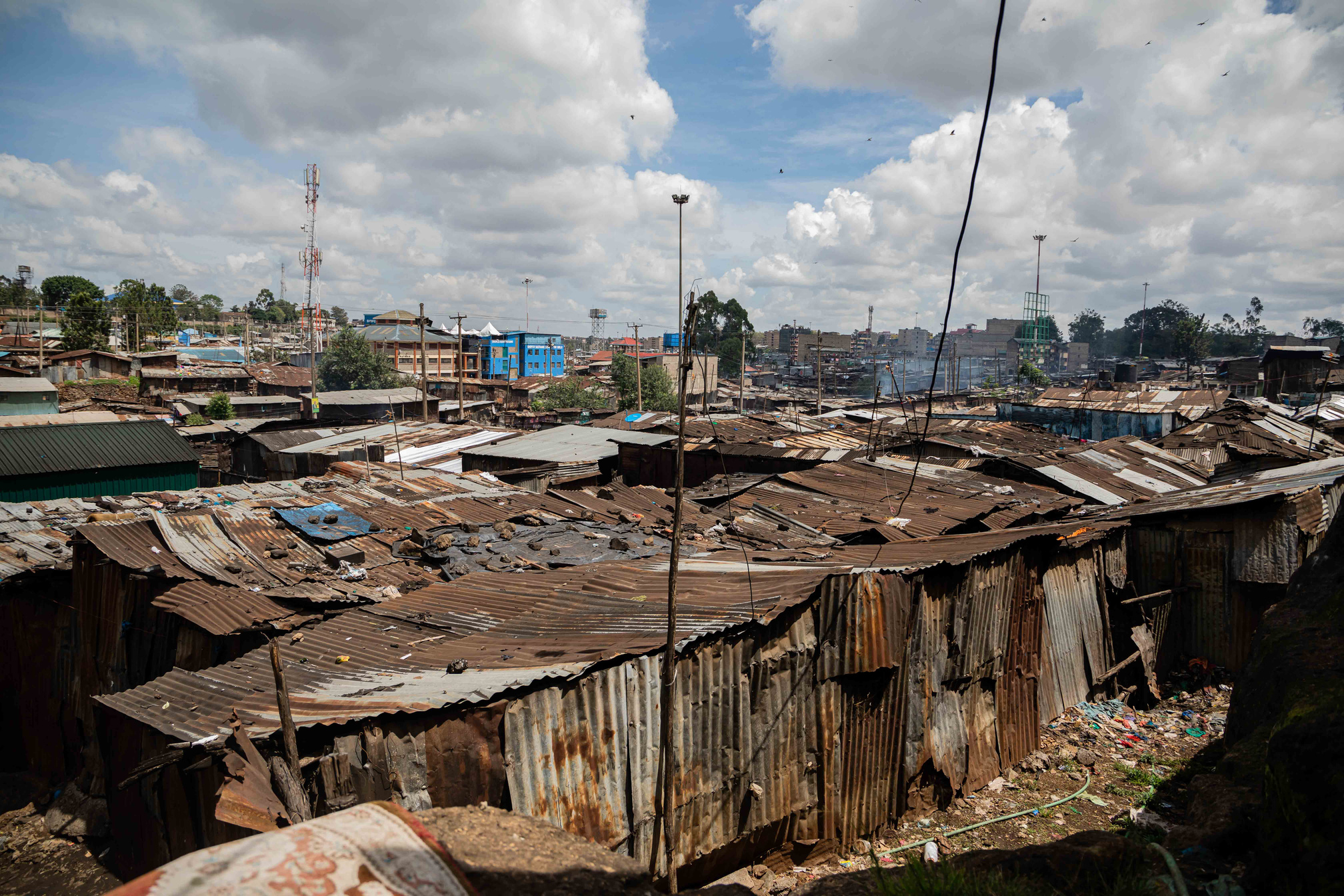The Covid-19 pandemic led to widespread disruption of livelihoods and loss of income, and exposed and reinforced existing inequalities. In response, almost all countries implemented some form of social protection, with social assistance in particular emerging at the forefront as a crisis response tool to help contain the socio-economic consequences. The social protection adjustments and innovations adopted during the Covid-19 pandemic raise questions and offer insights for longer-term policy.
This brief aims to provide rapid syntheses of a selection of recent relevant literature and international expert thinking in response to specific questions relating to international development.
Key Issues
The pandemic saw a marked increase in social protection – but some were short lived
The number of social protection adjustments and resources mobilised in response to the pandemic was unprecedented, but most social assistance measures instituted during the crisis were temporary.
Exclusion and inequality challenges persisted
The direct and indirect impacts of Covid-19 affected different population groups differently, often exacerbating pre-crisis inequalities.
Information and ID systems played a key role in enabling the delivery of social protection
Quick response is key to effective social protection crisis response. Yet, in some cases, schemes were announced quickly but took time to implement and required people to register new information.
Digital approaches played a key role in delivering social protection
Most governments increased their reliance on digital channels for outreach, registration and payments during the pandemic to facilitate a rapid crisis response.
Collaboration and partnerships with grassroots organisations played a key role
Governments often relied on new or enhanced partnerships with grassroots organisations to ensure the inclusion of hard-to-reach and marginalised groups.


